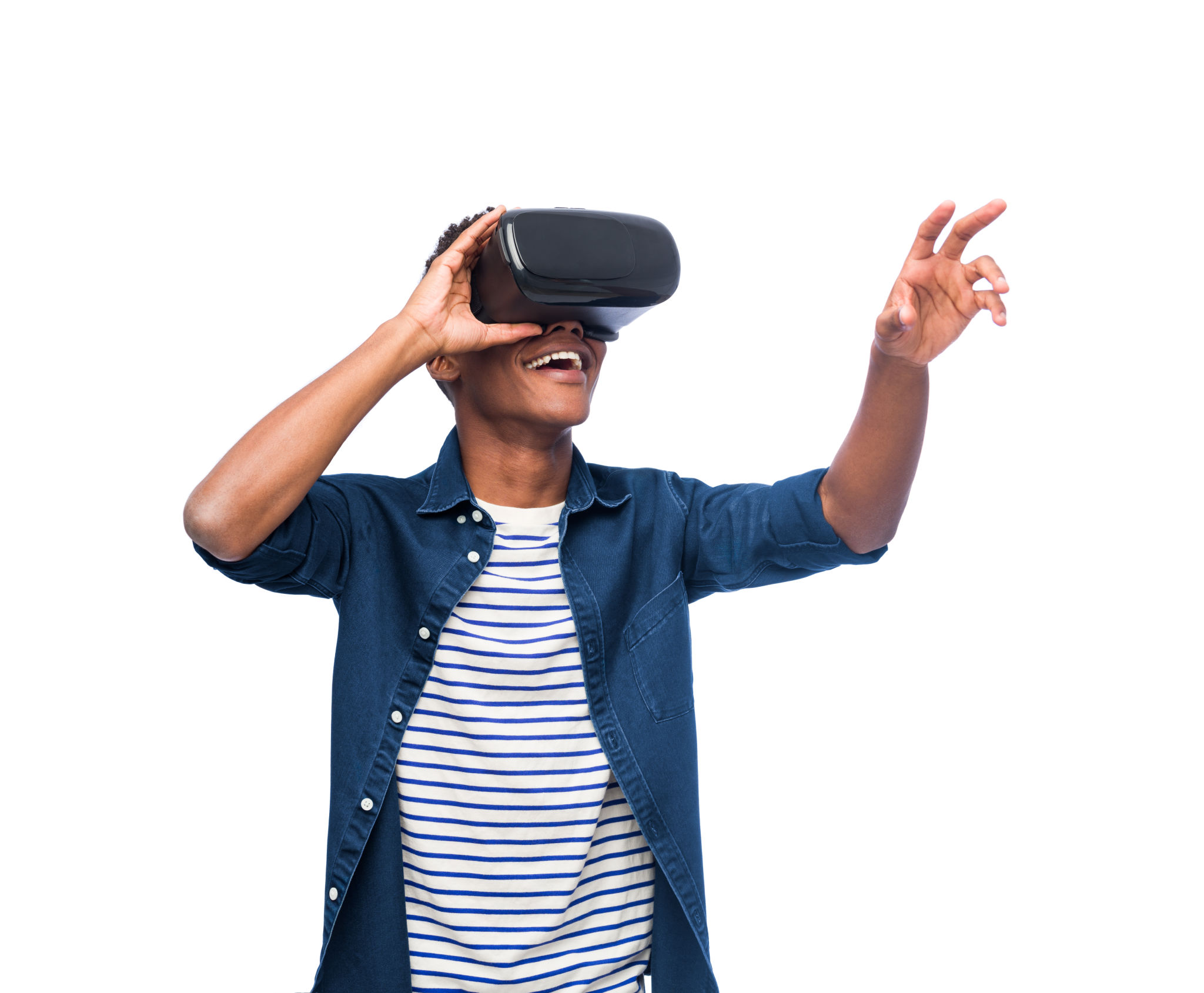The Future of Learning: Integrating Virtual Reality in Children's Education
The Rise of Virtual Reality in Education
The integration of technology in education has been a game-changer, and virtual reality (VR) is at the forefront of this transformation. As educational institutions look for innovative ways to engage students, VR offers an immersive experience that traditional methods can't match. The future of learning is being reshaped by this cutting-edge technology, promising a more interactive and engaging educational landscape for children.
Virtual reality allows students to explore new environments and concepts in a way that textbooks cannot. By providing a 360-degree view of historical sites, scientific phenomena, or even complex mathematical concepts, VR helps students better understand and retain information. This not only enhances learning but also makes it more exciting and enjoyable for children.

Benefits of VR in Children's Education
One of the most significant advantages of VR in education is its ability to cater to different learning styles. Whether a child is a visual, auditory, or kinesthetic learner, VR can provide tailored experiences that suit their individual needs. This personalized approach helps improve comprehension and retention rates, leading to better academic performance.
Furthermore, VR fosters creativity and critical thinking skills. By allowing students to experiment in a virtual space, they can safely explore different scenarios and outcomes. This hands-on experience encourages problem-solving and innovation, skills that are essential in the modern world.

Challenges and Considerations
Despite its numerous benefits, integrating VR into education does come with challenges. The cost of VR equipment and the need for technical support can be prohibitive for many schools. Additionally, there are concerns about screen time and ensuring that VR content is age-appropriate and educationally relevant.
To address these issues, schools need to collaborate with technology providers to create affordable solutions and develop content that aligns with educational goals. Training teachers to effectively use VR in their curriculum is also crucial for maximizing the potential of this technology.

The Future Outlook
The potential of VR in education is vast, and as technology advances, it will only become more accessible and effective. With ongoing research and development, we can expect to see more sophisticated VR applications tailored specifically for educational purposes. This will enable students to explore subjects in greater depth and with more engagement than ever before.
Moreover, the integration of artificial intelligence with VR could personalize learning experiences even further. By analyzing student interactions within virtual environments, AI can provide real-time feedback and adapt content to suit individual learning paces and preferences.
Conclusion: Embracing the Change
As educators and policymakers continue to explore the potential of VR in education, it is essential to embrace this technology as a tool for enhancing learning experiences. By addressing current challenges and investing in the development of VR content and infrastructure, we can ensure that children benefit from a more immersive and effective educational experience.
The future of learning is indeed bright, as VR opens up a world of possibilities for students to learn, explore, and grow in ways that were once unimaginable. As we move forward, it is crucial to harness the power of virtual reality to inspire the next generation of thinkers and leaders.
